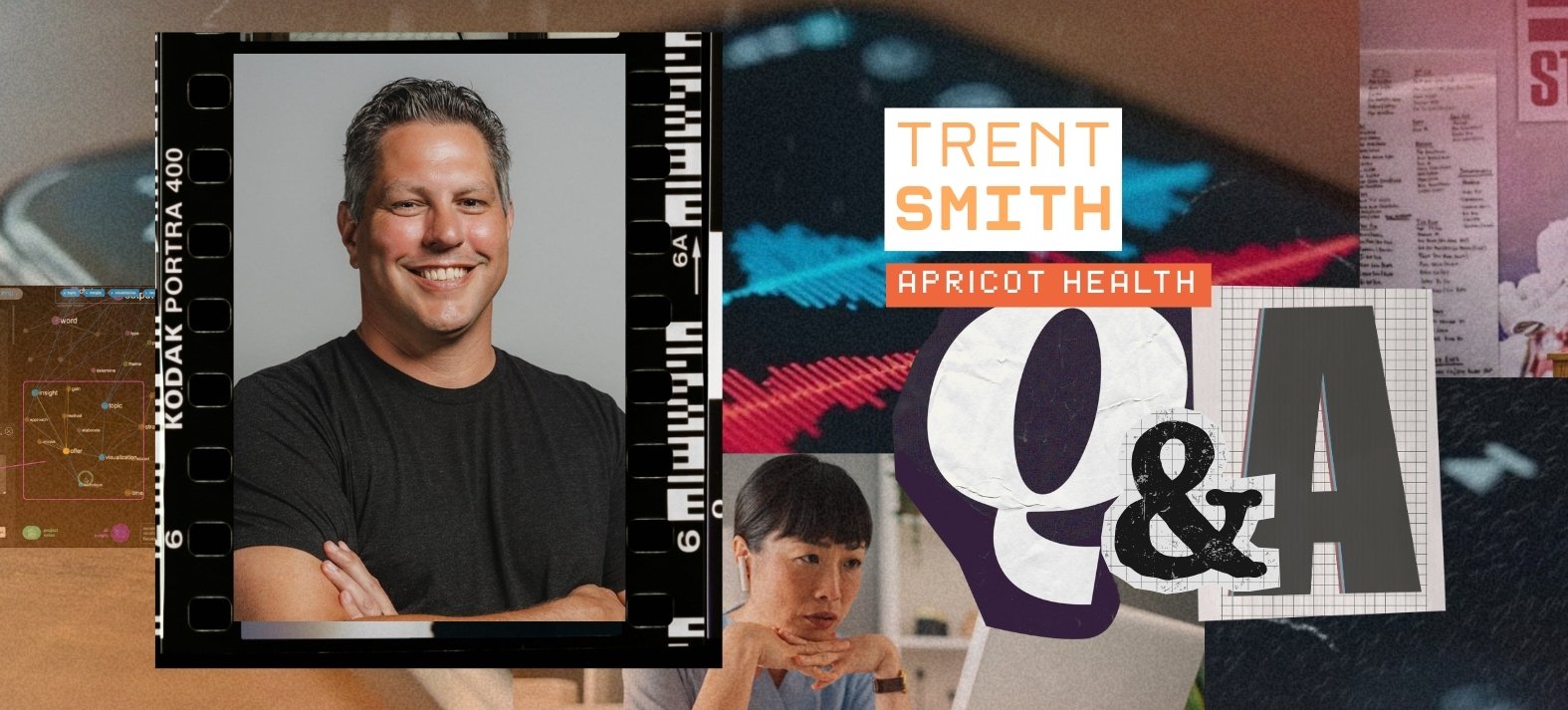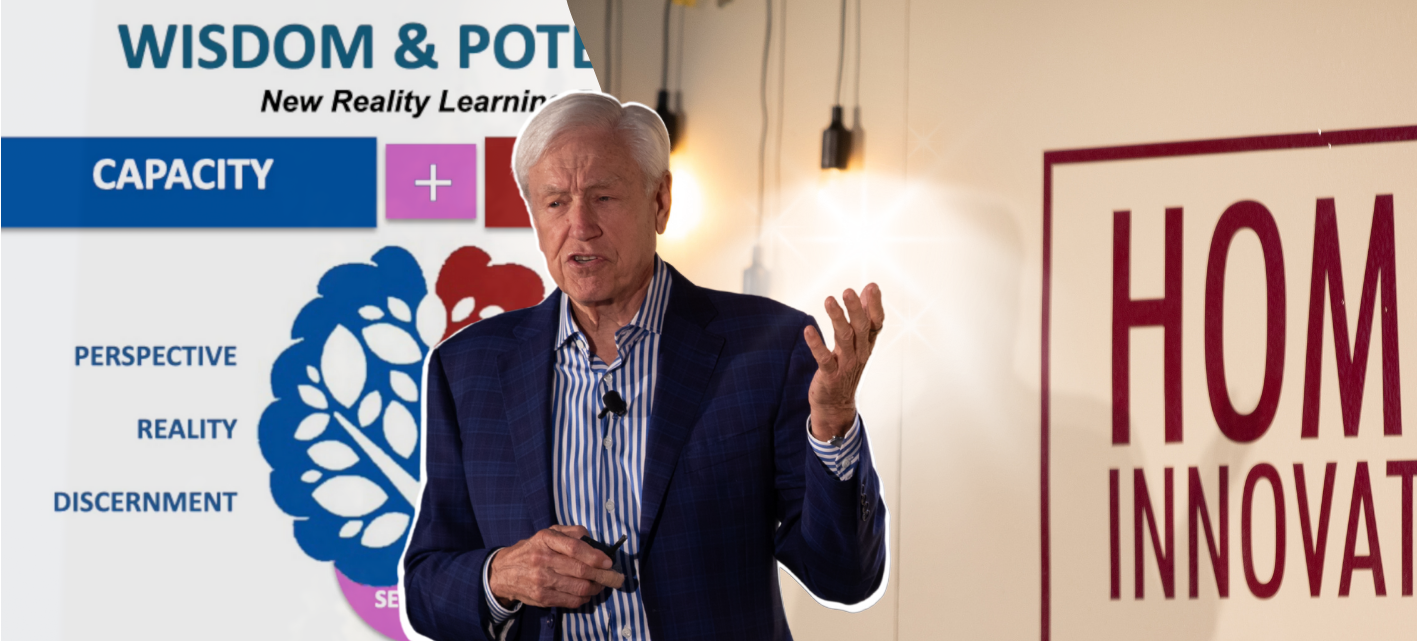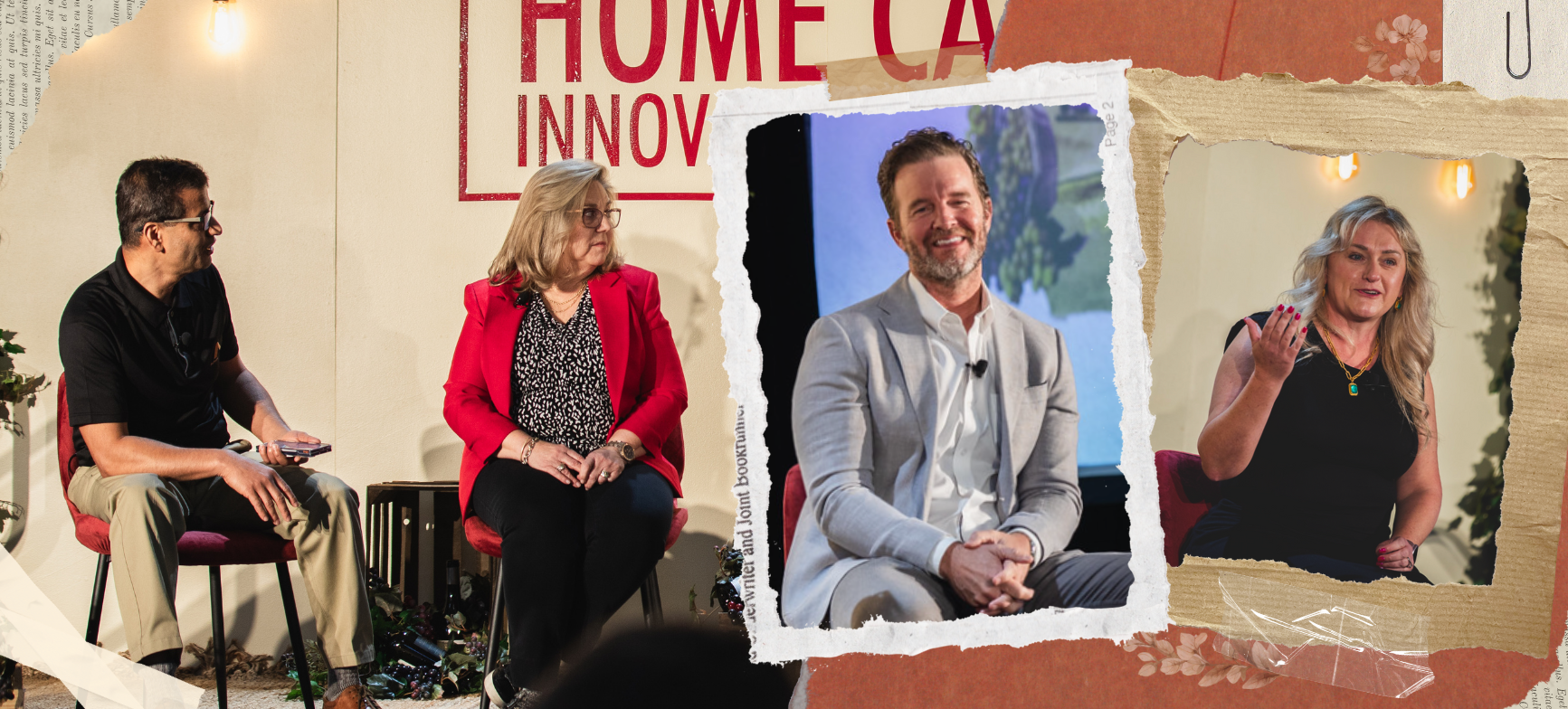Despite the widespread recognition and near-universal admiration of hospice care, it is frequently observed that individuals who stand to gain the most from its highly personalized approach tend to access it only during the terminal stages of their existence.
Alivia Care President and CEO Susan Ponder-Stansel believes there’s a better – and earlier – way to fold more people into the embrace of hospice care, bringing more healing and dignity into the lives of patients and family members alike.
With the hospice industry expected to double by 2030, innovative ideas on how to broaden care delivery in the space and add value wherever possible are needed now more than ever.
We caught up with Ponder-Stansel, a speaker at the upcoming Home Care Innovation Forum, to talk about how she’s working to add value-based strategies to her operations, her ideas in broadening access to hospice care, and how various tech tools are steadily making their way into the industry.
This transcript has been edited for length and clarity.
What new tech do you see on the horizon?
Hospices are increasingly looking at how they can incorporate new technology. Things like AI, wearables, virtual visits, and more. Those things have been anathema to hospice because it's such a personal, high-touch service. However, many of us recognize that technology has the ability to really help us deliver better care.
Many programs are using platforms that allow virtual check-ins, like TapCloud, where your patient and family can tell you that something's going on that perhaps you wouldn't have known because you didn't visit that day. If you have to respond after-hours to a panicked family member, your care navigation can actually interact with them face-to-face.
Many of us are looking at AI to help us put our fingers on who might be at more of a risk of an ER visit or whose illness is changing so that we need to escalate the amount and type of care we're providing. Some hospices are using it for care navigation, to really be able to see in real-time where people are, what's been done, and what they need.
Also, many folks are using it just to reduce headcount in back office work areas, like medical records or compliance, because we all have to put more money at the bedside. AI can replace some of the office responsibilities and still help us reduce (hospital) re-admissions and manage more for outcomes.
What can be done to mitigate the staffing crisis?
We saw many nurses and social workers in their late 50s and early 60s retire when the pandemic first hit. Now we're seeing increased competition for all types of staff, back office as well as at the bedside. Part of what we've come to realize is that we will have to pay more for the people we do have and work harder on retaining them.
A lot of providers are taking a comprehensive look at their entire operations. What things are wasting your clinician's time? Are your workflows with your EHRs such that your staff is having to go home and document their work? That causes them frustration.
So, taking things off the plate of clinicians that can be done by someone who is a paraprofessional or back office support, really looking at what are things that are dissatisfiers in your organization. Because churn and turnover are huge costs. It is a market where your employees are really in charge, especially your well-trained clinical employees, physicians, RNs, MSWs, and even your certified nurse’s aides.
Let's get rid of the stuff that wastes their time. Let's get rid of the things that are dissatisfiers. Take EHRs for example. How easy is it for your clinicians to document them? That's a huge dissatisfier for clinicians. Those are the things we're looking at. Some companies are even undertaking a complete evaluation of every process and system to eliminate wasted time.
What value-based strategies have the best chance of improving care in a hospice setting?
The thing I see with hospice now is that it's, in general, a very generic approach to care. Most programs have a core hospice menu that provides a couple of nursing visits a week, and a social work visit every two weeks, regardless of the patient's disease, prognosis, and family dynamics.
So we focus now on some of the new quality measures. Did we make enough visits at the end of life? How do we begin to look at who we're caring for? It's not solely cancer patients. What's different in our clinical care for someone with congestive heart failure versus advanced cancer? And what's different for the approach with the caregiver? That's not really how hospices are generally thinking. They're not thinking about outcomes. They're not thinking about if I want to get a good outcome with a congestive heart failure patient and their caregiver, what do I need to be doing differently than someone with advanced cancer?
But beyond that, do we have the ability to understand what changes outcomes for these different patient populations from a value-based standpoint? What moves the needle? Unfortunately, there needs to be more research or empirical evidence in the hospice field on that. But if you look at chronic illness and other areas, some things hint at what might have a better experience for the patient and family. But that's different from how most of us are practicing right now.
How can access to hospice be broadened?
Are we talking about a more appropriate length of stay? Are we talking about racial and ethnic diversity? Are we talking about disease state? Because all of those things are part of access, and we need to look at all of them. Look at how late some patients reach hospice care. That's not good access. Look at end-stage renal disease. Hardly anybody who has kidney failure is in the hospice population.
A big question is what can we do to move upstream and capture someone earlier so they are not receiving hospice care at the very end of life. Many hospice programs, including ours, are doing what I call palliative or advanced illness management. Not because it's a profit center. It isn't. But it can help clinicians have conversations with their patients about the fact that maybe cure and treatment are not going to deliver the outcomes the patient wants.
So let's talk about what is important to you now and change that plan of care. Having a palliative care program or some sort of goals of care capability is huge because it allows you to be that expert in having those difficult conversations. Your hospitalists, intensivists, and even your primary care physicians are very grateful to just say, ‘I need you to talk to these people.’
We don't brand it as hospice because people don't want to talk to you about hospice. However, they do want to talk about how to live better in the time they have left and how to avoid going back to the hospital. What things are not working well for them? What do they wish they could do? Many of us are moving upstream to educate, to be a resource and perfect our skills at those goals of care conversation.
What do you mean when you say we need to move to a Hospice 2.0 model?
Focusing on outcomes versus volume. Again, hospice right now is a very general service and most programs really do their best. But we focus on things like, let's talk about your pain control, how many visits you need, and if you need care after hours. What are your comorbidities?
If you're a caregiver for someone with congestive heart failure, you've seen them come close to death’s door and then rally a million times. So when that last rally eventually doesn't happen, it's like a brand new diagnosis and a very sudden death. So understanding what's different about the journey someone with advanced cancer is on versus someone with a chronic illness is really important.
Another point is the whole focus on consumerism. It's already in healthcare in many ways. People don’t want to sit for two hours and wait to see their doctor. They're saying, give me a virtual visit because my time is valuable. Or they shop around and look at health grades for a physician. I think we have not focused enough to understand what's important to the patient and family experience. What adds value for them? What is a dissatisfier for them? What parts of the journey are really scary, where they could have used more information or more help?
That is all huge. We may think that this is the way we do it with our one size fits all approach, and here's this nice one size fits all T-shirt. You may be a size 4 or a size 48, but you're gonna get this same t-shirt. That's not what people want anymore. I don't think we've seen it as much in hospice just because half of our patients are with us fewer than five days and so they're just grateful for anything we provide to help them.
That's Hospice 2.0 to me -- more focus on outcomes that are specific to the patient's illness and then a genuine willingness to hear what the experience is like and how it could be better.
Posted by
Join us!
The retreat for home health care and hospice leaders innovators.
May 17-19, 2026 | Palm Springs, CA




-2.png)


-2.png)


Comments